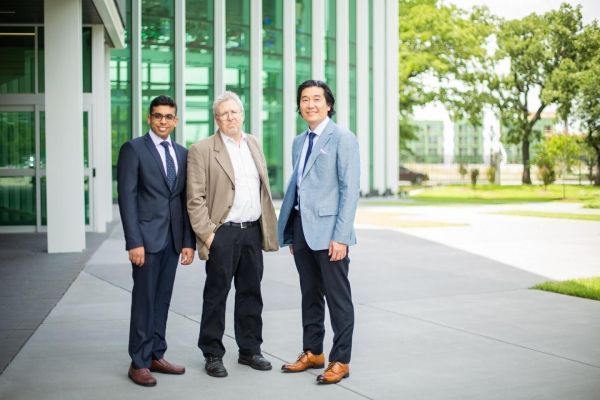Researchers at the Center for BrainHealth®, part of The University of Texas at Dallas, in collaboration with a team from UT Southwestern, have developed technology for a novel diagnostic method for multiple sclerosis (MS). The new approach has the potential to determine which damaged regions in an MS patient’s brain have the capacity to heal themselves, and which do not.
The researchers examined brain scans from 23 patients and 109 different lesions. Some lesions showed increased levels of surrounding oxygen, a biomarker that is known to correlate with the capacity for healing. The researchers then created 3D images of the lesions using a new, patent-pending technology tool, which revealed that the metabolically active lesions are more spherical with a rough surface, whereas the metabolically inactive lesions are irregular in shape and have a smooth surface. The results are published in Wiley Online Library (May 2019).
“This diagnostic method represents a significant advance in our field, considering the new MS drugs being developed to heal damaged areas of the brain,” said Dinesh Sivakolundu, the study’s lead author, and a teaching and doctoral student working in Dr. Bart Rypma’s lab at the Center for BrainHealth. “Using our new technology, we could potentially determine which patients would benefit from such new drugs and which patients would not.”
Read more at Center for BrainHealth
Image: Dinesh Sivakolundu, Dr. Bart Rypma and Dr. Darin T. Okuda. (Credit: Center for BrainHealth)


